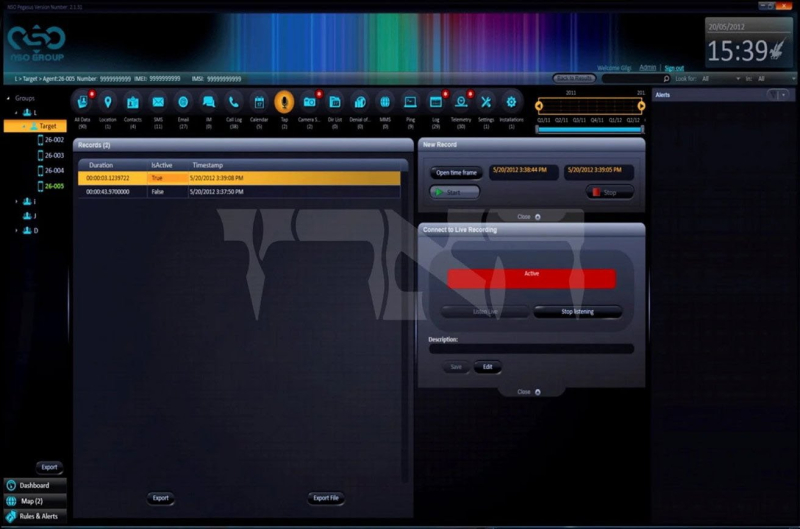
© Unsplash/Maulik Sutariya
The Pegasus affair is only the tip of a truly global cybersecurity problem. By exploiting certain software vulnerabilities, the best developers can create malicious programs capable of infiltrating almost any smartphone. And iPhones are among the most affected, particularly because Apple regularly touts their promise of confidentiality in its marketing campaigns – which many blindly believe.
For you, there are fortunately some techniques to try to check if you are not infected by potential spyware. Here they are.
The crucial profile question
First of all, a prerequisite is essential: that of targeting. Today, monitoring a smartphone is expensive – very expensive, even. Spyware from Grayshift or Cellebrite, for example, costs several million dollars, so only governments and other official agencies (police, intelligence) can afford them. And for this public, such an investment is primarily aimed at addressing the risk of terrorism – officially. In fact, political opponents, journalists or even third countries with divergent interests (and their politicians, legislators and institutions) as well as whistleblowers are also attacked.
If you don't fall into one of these categories, then you shouldn't have to worry too much. However, it is important to know that the list is not exhaustive. Furthermore, zero risk does not exist, and a hacker with the right skills can achieve his goals without the slightest budget. But we can think that he will be more interested in targets that can earn him money, such as large wallets or certain criminals.

Pegasus spyware can read your messages, activate the camera feed and view your private photos, without you even noticing, remotely © NSO Group
Check your apps
The first key step to checking if you are being tapped is to check the list of apps installed on the iPhone. Be careful, however: there is no question of reading it from theApp Librarynor from the home screen, since not all platforms are listed there. On the other hand, normally, all applications are listed in the Settings app. If one doesn't mean anything to you, check its integrity: it may have been someone else who installed it without your knowledge, remotely or in your absence . You should also take a look at possible duplicates: spyware is often represented by the icon and name of another app.
On the Google Play Store, you can also consult the list of all apps downloaded since the Google account was created. Including if the user has since uninstalled them, or changed their phone without reinstalling them on the new one.
Apple warns you
With this, we have known for some time now that Apple sometimes manages to detect attempts – successful or not – intrusion. For this to happen, the spyware must certainly leave a known signature on certain databases, but it's a first step. Please be aware that, potentially, you are the first affected and that no dictionary therefore knows about the threat.
When Apple learns that an iPhone has been affected, the #8217;user receives an alert not only on the mobile but also directly by email. To read it, you must access the email address with which the iCloud account linked to the iPhone was created.
Install an antivirus
Finally, it may be wise to use dedicated cybersecurity software such as an antivirus. Here, the malware and keylogger dictionary is often robust enough to isolate and then remove dangers. But here again, no system is infallible for those who decide to put great effort into it.
Antiviruses also come into conflict with others, or the very functionality parental control of certain antiviruses can allow you to monitor an iPhone remotely. So this is a good way to detect it.

